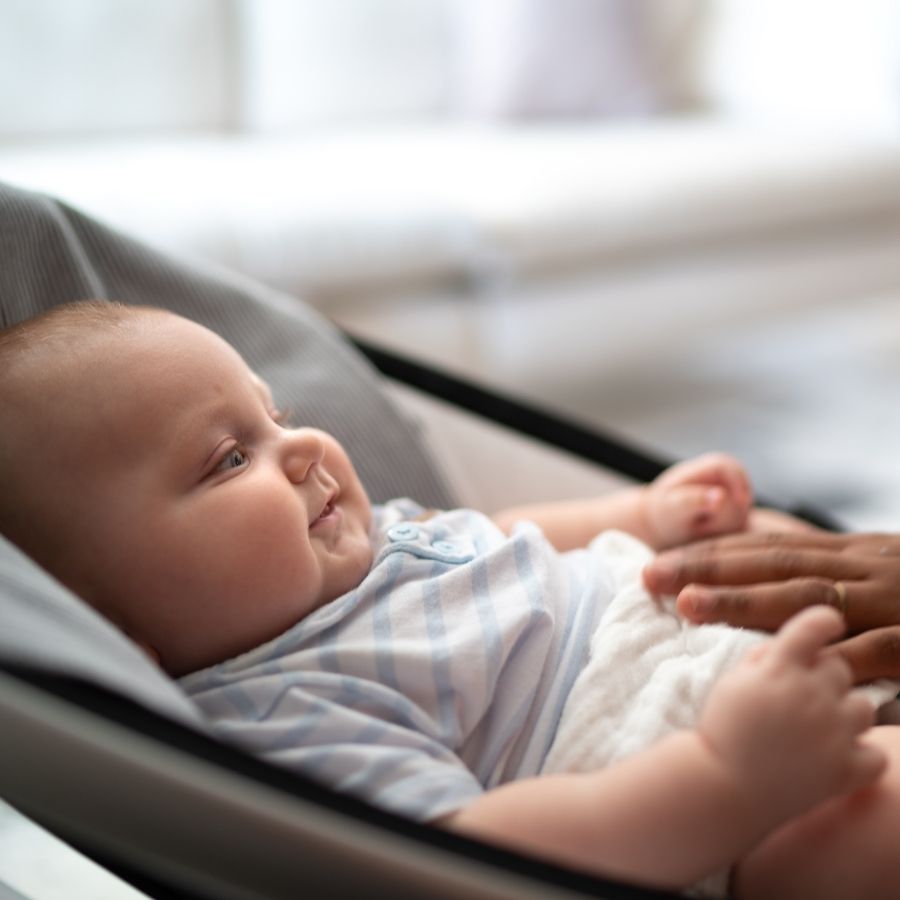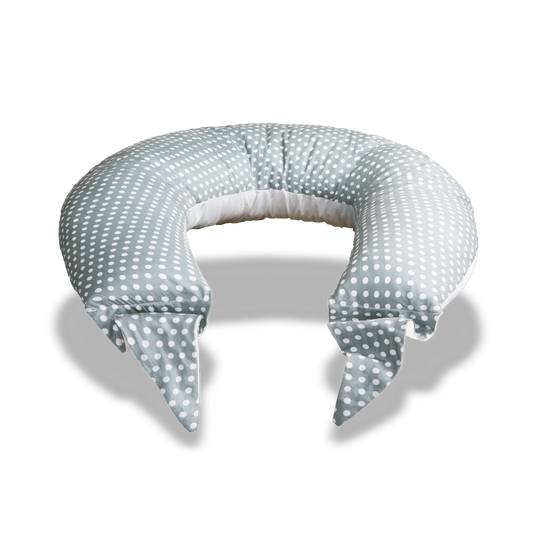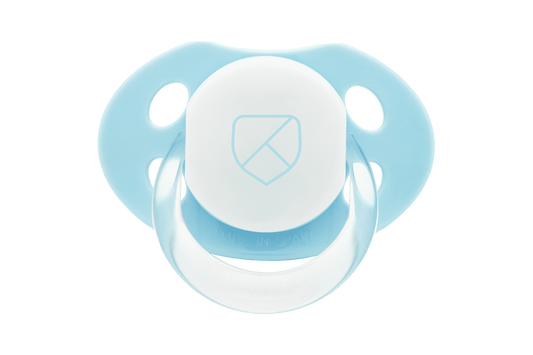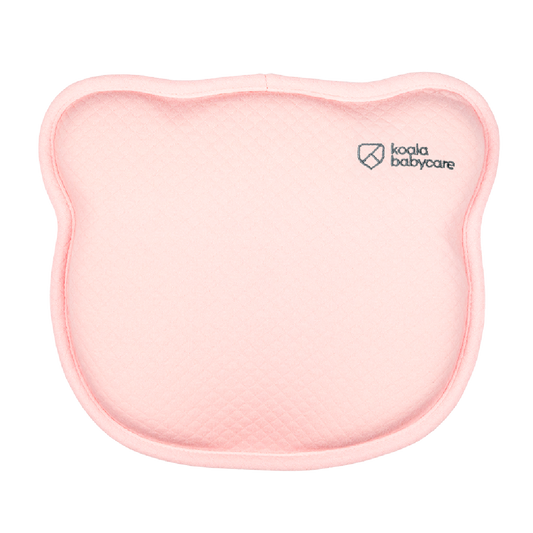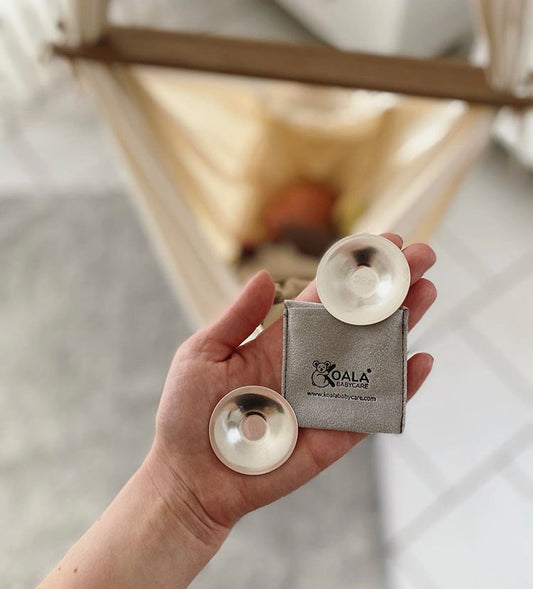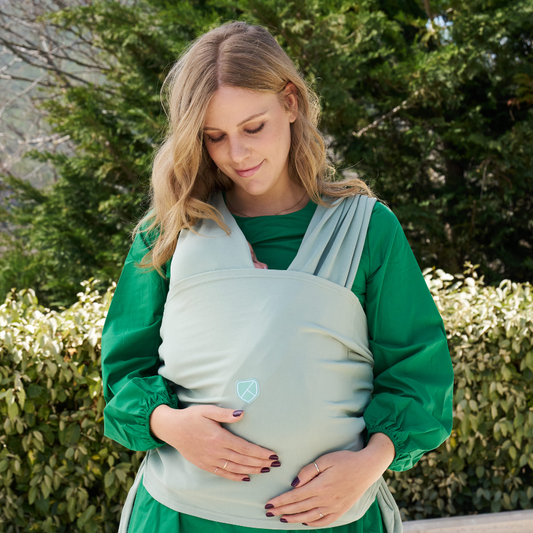We want to have everything ready for when the baby arrives, this is why one of the most frequently asked questions by parents-to-be is: what are the essential items for a newborn baby? Today we’re focusing on bouncers, which are a must-have for many parents. Are they really an essential or can you do without one? Read on.
What are bouncers used for?
A baby bouncer chair is a support where a baby can lie comfortably close to mum and dad.
The seat is suspended and contained in a structure that raises it from the ground. It is equipped with a mechanism that allows it to rock, to soothe a baby just like when being held in your arms.
The classic model rocks when pushed (gently, of course) by the parents, but there are also electric versions you can buy, whereby an automatic rocking function is activated when a button is pressed, soothing the baby without having to rock the bouncer continuously by hand.
In certain models, height can be adjusted, while in many the backrest can be regulated, from a reclining position for newborns to a sitting position for feeding.
A baby bouncer seat can be moved easily from one room to another, so you can keep your baby close while you have the chance to do other things. The main advantage of having a bouncer is that you can take a breather during the day without losing sight of your baby.
It's important, however, to use it in moderation, because babies have a very strong and irreplaceable need for physical contact. We will take a look at this in more detail in the following paragraphs.
At what age can a bouncer be used?
A newborn baby bouncer can be used starting from the first few weeks of life and use is recommended up to a maximum of 6 months old.
There are two reasons for this. The first is from a safety perspective: a baby's movements become more and more powerful, and this may result in the bouncer tipping over. At around 6 months old, a baby wants to play and feel free to move around exploring their surroundings.
Whilst an infant is sitting in a baby bouncer or baby bouncer swing, it is important to use Koala Perfect Head pillow to prevent the onset of flat head syndrome in newborns.
This syndrome, known as Positional Plagiocephaly in medical terms, is very common in babies given they spend many hours a day lying down. A newborn’s head is still soft and malleable, which is why prolonged localised pressure can lead to flattening of the back or sides of their skull.
When to use a baby bouncer
You may well be wondering: how long can my baby stay in a bouncer for? And when can I use it during the day?
Let's start with the premise that even the best baby bouncer for newborn babies will never replace your physical presence, it's just a small piece of equipment which makes looking after your baby that much easier.
You can't just put your baby in a bouncer and leave them unattended. Your baby will observe you and your movements from the comfort of their bouncer, receiving stimulation from a different angle than normal, which is beneficial for their development. However, you should always keep them close to you and interact with them whilst in their bouncer.
You can use it while watching TV (the bouncer should be placed on the floor, not on the sofa), while cooking (at a safe distance from the oven, hob, or other sources of heat), while drying your hair and whenever you need to have your hands free for a few minutes.
It's important not to exaggerate with the amount of time your baby spends in their bouncer, as young infants have a very strong need for physical contact with their mum and dad.
This is a basic primal need that must be met, because, contrary to what people used to think, holding a baby in your arms does not mean you are spoiling them and causing them to become dependent on their parents.
In fact, the opposite is true: a baby needs physical contact to feel safe and loved, a fundamental requirement for them to grow up self-confident and self-sufficient.
Therefore, it’s much better to use a baby carrier, as this allows you to have your hands free and your baby close by wherever you are. A baby carrier, sling or wrap respect a baby's natural physiology and help to prevent and treat positional plagiocephaly (flat head syndrome) as they reduce the amount of time an infant spends lying down.
Babywearing, in addition to practical convenience, offers many benefits to both baby and parents. Just to name a few: it relaxes and soothes a baby, it improves reflux and colic, it helps prevent post-partum depression, and strengthens the bond between baby and parents.
Tips for using a bouncer correctly
As with all baby equipment, it's vital to pay particular attention to choosing a model which, firstly, ensures your baby’s safety, and then, secondly, that you use it safely.
Here are some factors to consider when choosing and using a baby bouncer:
Choose carefully
First and foremost, it’s important to choose safe products which comply with CE regulations. A child’s safety comes first.
It should respect a baby's natural physiology
When you put your baby in a bouncer, make sure that the angle is age-appropriate, i.e., during the first few months, a baby should be lying down, not sitting up.
You should also make sure that it respects your baby's natural kyphosis (the curve of their spine). The most natural position for newborns is not with a straight back and neck, but with a slightly curved C-shape.
Do not leave your baby alone
A bouncer is useful for when you want to be hands-free and for not having to hold them all the time, but you must never leave your baby unsupervised whilst they are in the bouncer. It is vital that an adult is always present to supervise and interact with them.
Do not use on an elevated surface
You should always keep your bouncer on the floor, never place it on a table, bed, or sofa. Your baby's movements may cause the bouncer to tip over, which can result in bruising and suffocation, if the baby falls on top of a cushion, for example.
Limit the time your baby spends in their bouncer each day
A bouncer is an excellent piece of baby equipment, but should be used in moderation. You shouldn’t leave your baby in the bouncer for too many hours a day, as an infant needs physical contact with their parents and a bouncer is not an ideal support for sleeping.
Prolonged periods spent in bouncers also increase the risk of plagiocephaly (flat head syndrome). That's why we recommend using Koala Perfect Head flat pillow to rest your baby’s head on whilst in their bouncer.
So, is a bouncer a baby must-have item? Or is it just handy, but not essential? We'll leave it up to you to decide.

